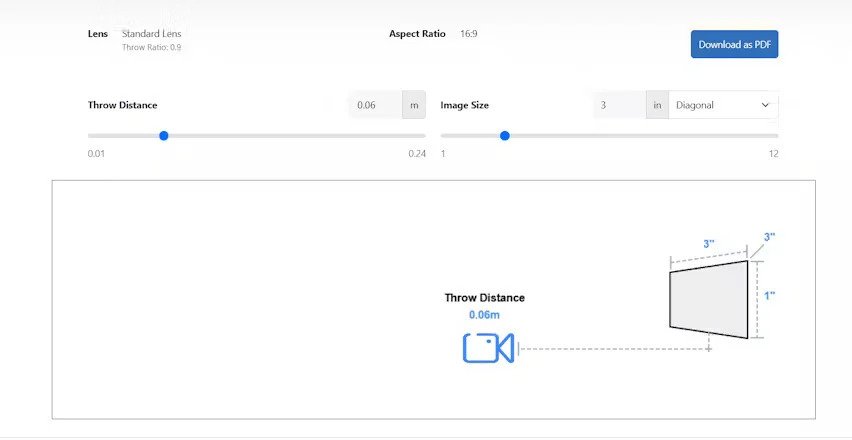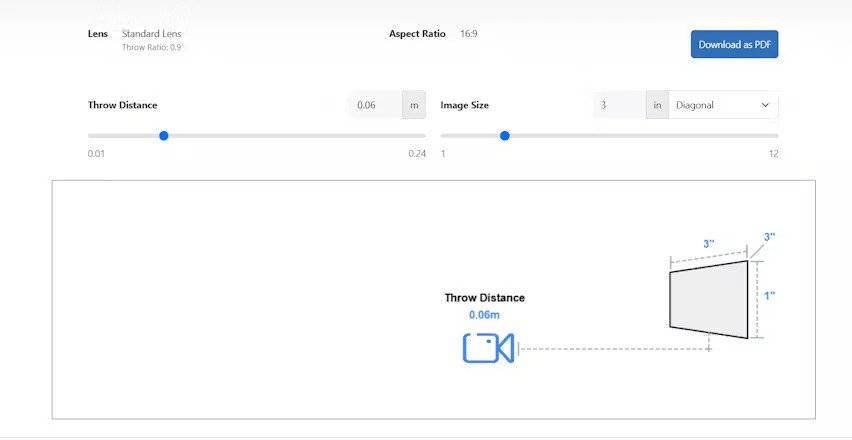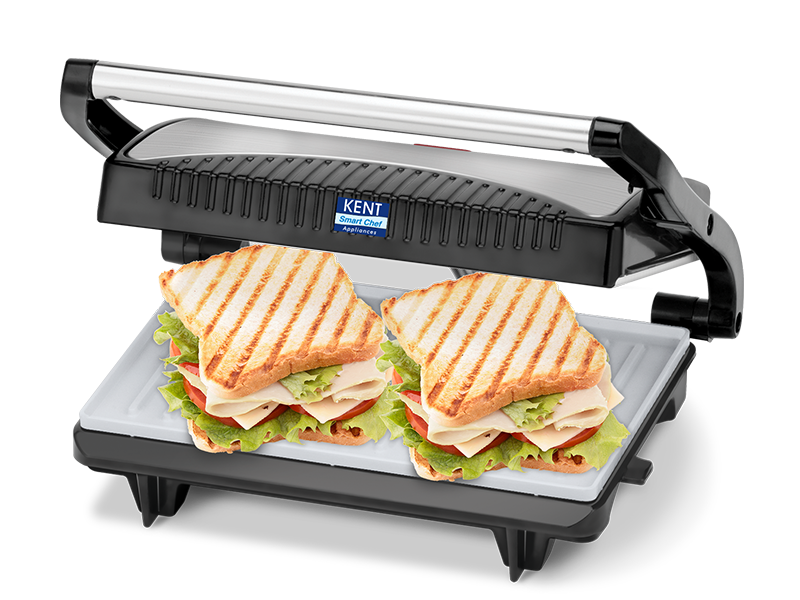Computer Numerical Control (CNC) lathe machines have revolutionized the manufacturing industry by offering high precision, versatility, and automation in producing complex parts and components. These machines are widely used in industries such as automotive, aerospace, medical devices, and electronics for producing components with high tolerances and complex geometries. This article explores the different types of CNC lathe machines and their applications in advanced manufacturing, providing a detailed guide to the best options available today.
Horizontal CNC Lathe Machines
Horizontal CNC lathe machines are some of the most commonly used types in advanced manufacturing, especially for large and heavy-duty applications. These machines have a horizontal spindle orientation, which means that the workpiece is placed horizontally on the machine bed. The primary advantage of horizontal CNC lathes is their ability to support heavier and larger workpieces with better stability during machining. These machines typically come equipped with multiple-axis controls, allowing for precision and versatility in complex part production.
In advanced manufacturing, horizontal CNC lathe machines are often used for producing automotive parts, such as crankshafts, and components used in the aerospace industry. They are capable of high-speed turning, milling, drilling, and tapping, which makes them ideal for producing intricate components with high accuracy. These lathes are favored for their robustness and precision, enabling manufacturers to work with tough materials like titanium and stainless steel while maintaining the highest standards of quality.
Vertical CNC Lathe Machines
Vertical CNC lathe machines are distinguished by their vertical spindle orientation. Unlike horizontal lathes, the workpiece is mounted vertically, which makes it easier to handle large and heavy components without worrying about stability issues. Vertical CNC lathes are commonly used in industries that require precise machining of medium-to-large components, including automotive, energy, and mold-making applications.
One of the major benefits of vertical CNC lathe machines is their ability to perform heavy-duty machining with high precision and fast setup times. This makes them ideal for mass production of parts like engine blocks, turbine blades, and molds. Vertical lathes are equipped with advanced features such as automatic tool changers and multi-axis control, allowing them to perform various operations in a single setup. The vertical setup also offers better chip removal, reducing downtime and increasing overall productivity.
CNC Swiss Lathe Machines
CNC Swiss lathe machines are known for their exceptional precision and are typically used in industries where small, intricate parts are required. These machines are designed to perform high-speed turning operations with a high degree of accuracy. The CNC Swiss lathe’s most distinguishing feature is its ability to move the cutting tool along multiple axes, which allows for superior control over the machining process. This capability makes it possible to manufacture complex parts with tight tolerances, such as medical devices, precision instruments, and electronic components.
One of the key advantages of CNC Swiss lathe machines is their ability to work with small workpieces, which are often too delicate or intricate for traditional lathes. These machines also utilize a sliding headstock, where the workpiece is fed through the spindle while the tool moves along the axis. This design results in greater accuracy and reduced setup times, making CNC Swiss lathes perfect for high-volume production runs. The flexibility and precision of CNC Swiss lathe machines make them indispensable in advanced manufacturing operations that demand high-quality, small components.
CNC Turning Centers
CNC turning centers combine turning, milling, and drilling operations into a single machine. These machines are designed to perform multiple processes on a workpiece, improving efficiency and reducing the number of operations required for complex parts. CNC turning centers are equipped with a rotating turret that holds multiple tools, enabling the machine to change tools automatically during the machining process. This feature is essential for high-precision manufacturing, as it allows for seamless transitions between different operations without the need for manual intervention.
In advanced manufacturing, CNC turning centers are often used for the production of intricate parts that require multiple processes, such as automotive engine components, aerospace fittings, and medical implants. These machines provide high levels of automation, reducing human error and increasing production efficiency. Additionally, the ability to perform various machining tasks in one setup improves part accuracy and reduces the time spent setting up different machines. CNC turning centers are perfect for industries that require high-speed, multi-faceted machining of complex parts.
CNC Multi-Axis Lathe Machines
CNC multi-axis lathe machines offer the ultimate in precision and versatility, integrating up to five axes of movement for both the workpiece and the tool. These machines are capable of performing turning, milling, drilling, and grinding operations, all within a single setup. Multi-axis lathe machines are particularly suited for the production of highly complex components that require multiple angles and geometries, such as turbine blades, complex automotive parts, and intricate aerospace components.
The advantage of multi-axis CNC lathe machines is their ability to handle very complex geometries with unparalleled precision. The additional axes provide greater flexibility in machining parts with more intricate designs, reducing the need for repositioning the workpiece. This reduces cycle times and increases throughput in industries where time is a critical factor. Multi-axis machines also enhance part quality by minimizing the number of setups and tooling changes, ensuring higher consistency in parts produced. These machines are ideal for industries that require the highest levels of precision and sophistication, particularly in aerospace, medical, and high-performance automotive manufacturing.
Conclusion
The variety of CNC lathe machines available for advanced manufacturing has made it possible to produce highly complex, precise, and cost-efficient parts across various industries. Whether you need the versatility of multi-axis CNC lathes, the stability of horizontal lathes, or the precision of Swiss lathes, each type of CNC lathe machine has its own set of strengths. By understanding the key differences between these types and their applications, manufacturers can make informed decisions about which machine is best suited for their specific production needs.
With rapid advancements in CNC technology, these machines continue to evolve, offering even greater automation, flexibility, and precision. As industries demand more complex and higher-quality parts, the role of CNC lathe machines in advanced manufacturing will only continue to grow, driving innovation and efficiency in production. By investing in the right type of CNC lathe machine, businesses can stay competitive in the ever-changing landscape of modern manufacturing.













Leave a Reply